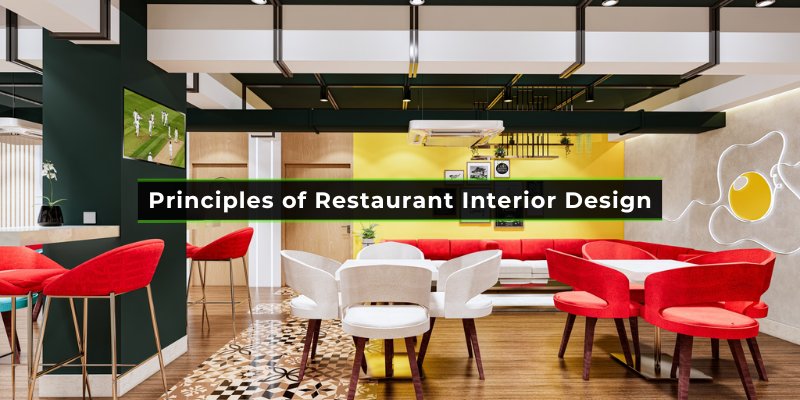Creating the perfect restaurant interior design is an art. It requires careful planning and creativity.
Restaurant interior design goes beyond choosing furniture and paint colors. It sets the mood and enhances the dining experience. A well-designed space can attract customers and encourage them to return. The principles of interior design help create a welcoming and functional environment.
These principles focus on layout, lighting, color schemes, and décor. They also consider comfort, safety, and accessibility. By following these guidelines, you can create a space that reflects your restaurant’s theme and appeals to your target audience. Let’s explore the key principles that make a restaurant’s interior design both beautiful and effective.
Importance Of Interior Design
Interior design plays a key role in the success of any restaurant. It sets the mood and creates the first impression. A well-designed space can attract more customers. It also influences their dining experience. Investing in good design is essential.
First Impressions
First impressions matter a lot in the restaurant industry. The moment customers enter, they judge the place. A stylish design can instantly grab their attention. It makes them feel welcome. On the other hand, a poorly designed interior can drive them away. You never get a second chance to make a first impression.
Customer Experience
The interior design also affects customer experience. Comfortable seating is important. Good lighting enhances the dining atmosphere. The layout should be easy to navigate. Customers should feel relaxed and enjoy their meal. This positive experience encourages them to return.
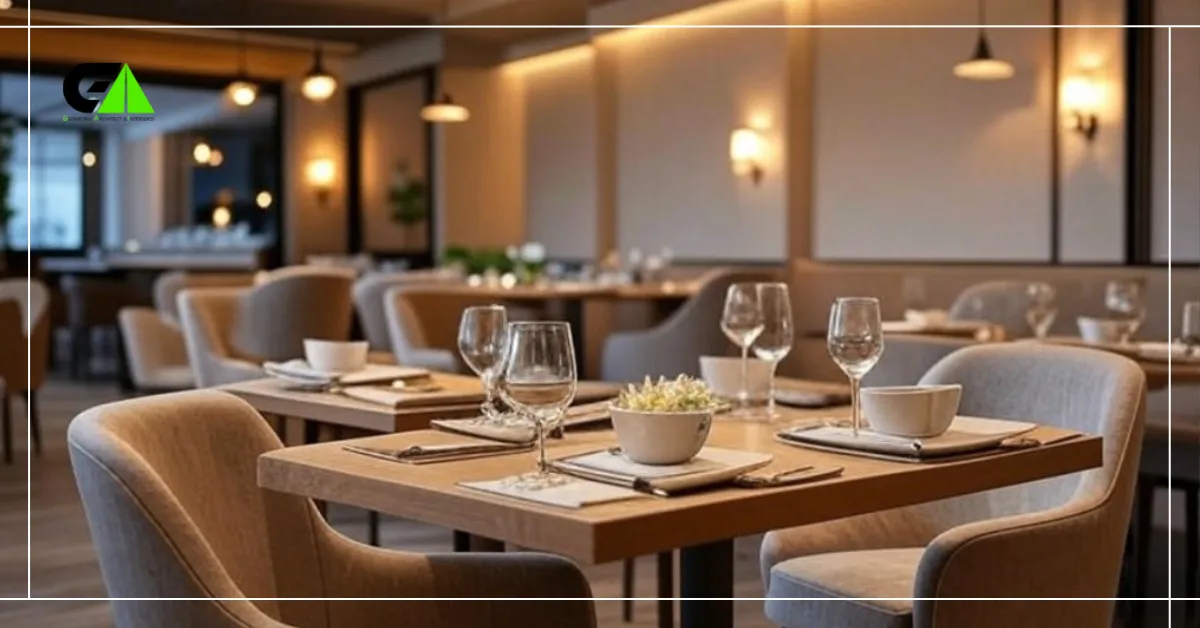
Defining Your Theme
Defining your theme is essential in restaurant interior design. It sets the stage for the dining experience. A well-chosen theme can attract customers and create a memorable atmosphere. Let’s explore some key aspects to consider.
Concept Development
Concept development is the first step in defining your theme. Start by identifying the target audience. Understand their preferences and expectations. Research popular trends in restaurant themes. Look for inspiration in history, culture, or even nature. Make sure the theme aligns with your restaurant’s cuisine and brand.
|
Step |
Details |
|---|---|
|
1. Identify Audience |
Understand their tastes and preferences. |
|
2. Research Trends |
Look for popular themes in the industry. |
|
3. Find Inspiration |
Explore history, culture, or nature for ideas. |
|
4. Align with Cuisine |
Ensure the theme matches your restaurant’s food and brand. |
Consistency In Design
Consistency in design is crucial for a cohesive look. Every element in the restaurant must reflect the chosen theme. This includes furniture, lighting, color schemes, and decor. Consistent design enhances the overall experience and reinforces the theme.
-
Furniture: Choose pieces that match the theme.
-
Lighting: Use lighting to enhance the ambiance.
-
Color Schemes: Stick to a consistent color palette.
-
Decor: Select decorations that complement the theme.
Consistency in design also extends to the staff uniforms and menu design. These elements should also reflect the theme. A cohesive design creates a seamless and enjoyable experience for diners. It makes the theme more believable and immersive.
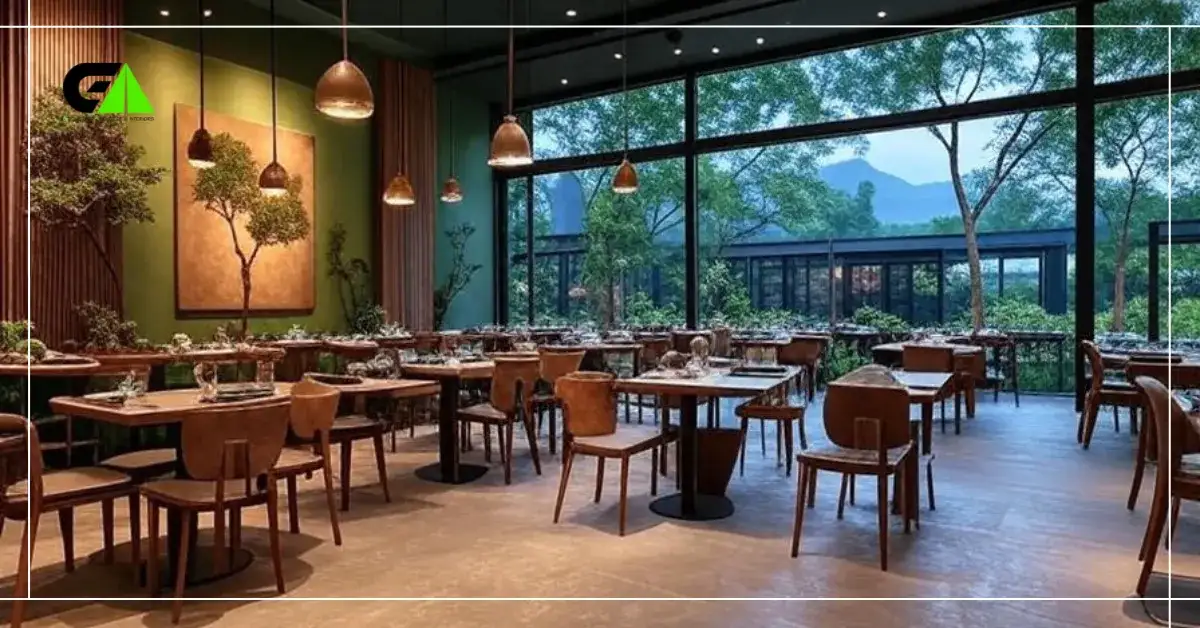
Space Planning
Space planning forms the backbone of restaurant interior design. It involves organizing the layout of a restaurant to ensure a smooth flow. Proper space planning enhances customer experience and operational efficiency. It also helps in maximizing the use of available space. Let’s explore the key aspects of space planning in restaurant design.
Efficient Layouts
An efficient layout is essential for a successful restaurant. It ensures staff can move freely and serve guests quickly. Efficient layouts also improve the dining experience by reducing wait times. A well-planned layout includes clear pathways and designated areas for different activities. This organization helps maintain order and boosts productivity.
Maximizing Seating
Maximizing seating is crucial for increasing revenue. More seats mean more customers can dine at the same time. But, it is important not to overcrowd the space. Overcrowding can make guests uncomfortable. Use a mix of seating options, like booths and tables, to optimize space. Ensure there is enough room for guests to move and for staff to serve efficiently. Balancing seating capacity with comfort is key to a successful restaurant layout.
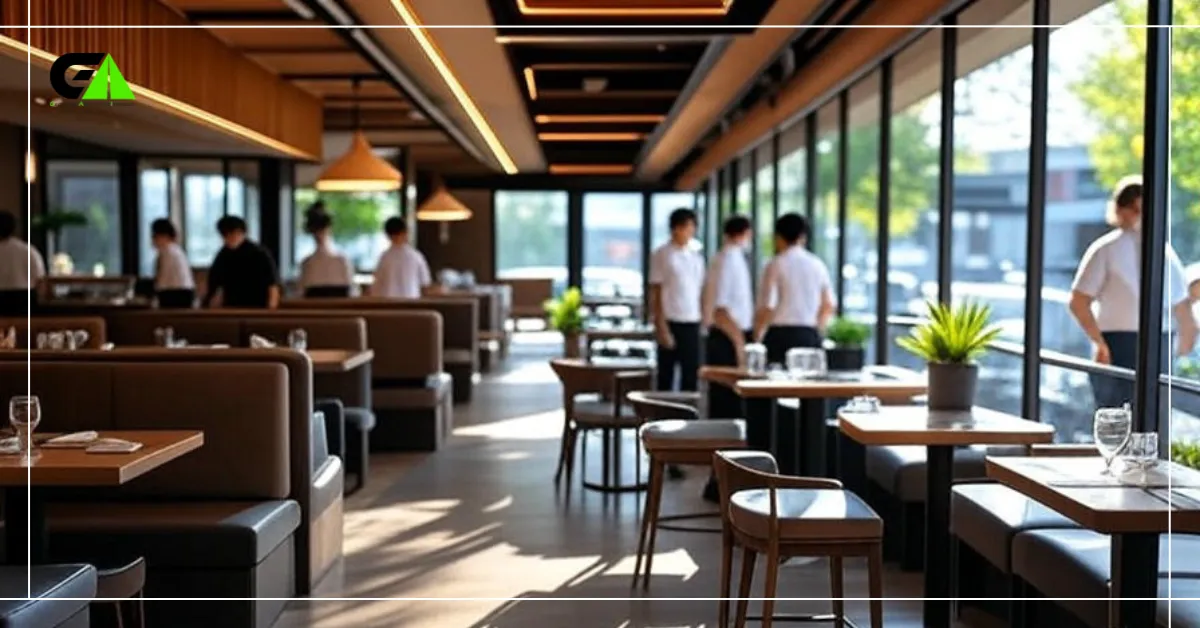
Color Schemes
In restaurant interior design, color schemes play a vital role. They set the tone and atmosphere, influencing the dining experience. Choosing the right colors can make your restaurant inviting and memorable.
Mood Setting
Colors have a psychological impact. They can evoke emotions and set the mood. For example, warm colors like red and orange create an energetic vibe. They can stimulate appetite and conversation. Cool colors like blue and green, on the other hand, offer a calming effect. They are great for a relaxed dining experience.
Using a mix of colors can balance the mood. Neutral tones like beige and gray can add sophistication. They act as a backdrop for more vibrant accents. This balance helps create a comfortable and appealing atmosphere.
Brand Alignment
Your restaurant’s color scheme should align with your brand. Think about your brand’s personality and message. A trendy cafe might use bright, fun colors. A fine dining restaurant might opt for elegant, muted tones.
Consistency in colors across all brand elements is crucial. This includes your logo, menu, and website. It helps reinforce your brand identity and makes it more recognizable.
|
Color |
Effect |
|---|---|
|
Red |
Stimulates appetite, energizes |
|
Blue |
Calms, soothes |
|
Green |
Refreshes, balances |
|
Beige |
Adds sophistication |
|
Gray |
Neutral, modern |
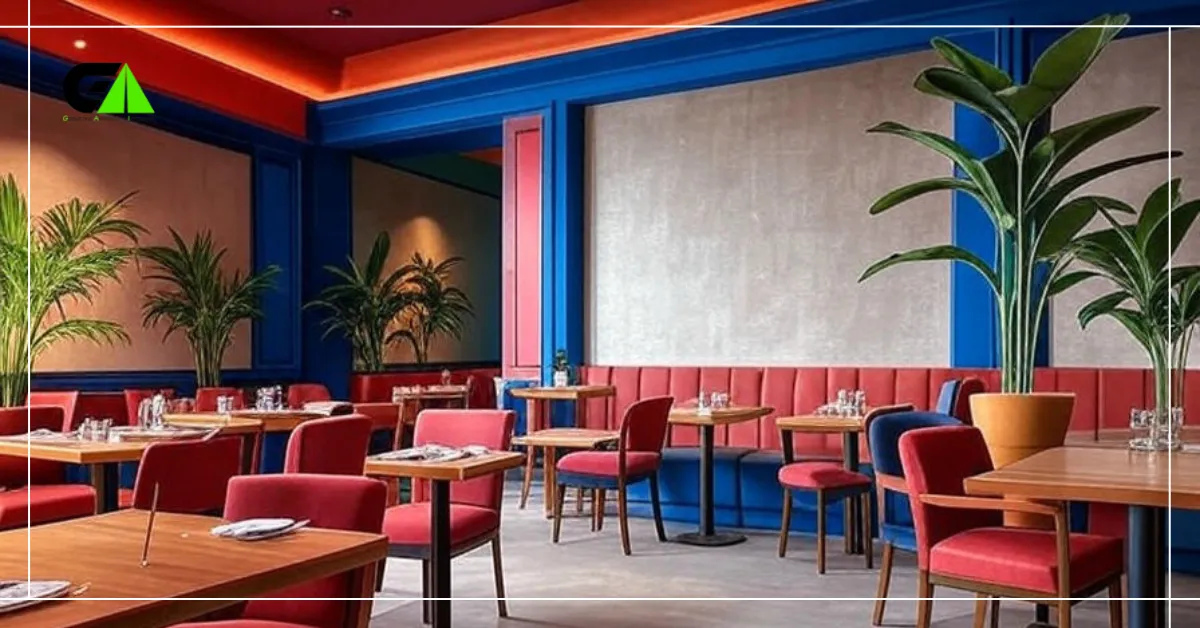
Lighting Techniques
Lighting sets the mood in a restaurant. It enhances the dining experience. The right lighting can make the food look more appetizing. It can also make the space feel cozy and inviting. In this section, we’ll explore different lighting techniques. Learn how to use ambient and accent lighting effectively.
Ambient Lighting
Ambient lighting provides general illumination. It ensures that the entire space is well-lit. This type of lighting helps diners see clearly without harsh glare. It creates a comfortable environment for eating and socializing.
Here are some popular options for ambient lighting:
-
Ceiling lights
-
Pendant lights
-
Wall sconces
-
Recessed lighting
Ceiling lights are a common choice. They distribute light evenly across the room. Pendant lights add a touch of style and can be a focal point. Wall sconces provide softer light and can enhance the decor. Recessed lighting is subtle and works well in modern designs.
Accent Lighting
Accent lighting highlights specific areas or features. It adds depth and dimension to the space. This type of lighting draws attention to artwork, architectural elements, or special decor.
Here are some effective ways to use accent lighting:
-
Spotlights
-
Track lighting
-
Under-cabinet lights
-
Candlelight
Spotlights focus on a particular object or area. They are perfect for showcasing art or unique decor. Track lighting allows for adjustable light direction. It is flexible and versatile. Under-cabinet lights illuminate workspaces and enhance the ambience. Candlelight creates a warm and intimate atmosphere. It is ideal for romantic settings.
Combining ambient and accent lighting can transform a restaurant. It creates a welcoming and visually appealing environment. Thoughtful lighting design makes the dining experience memorable.
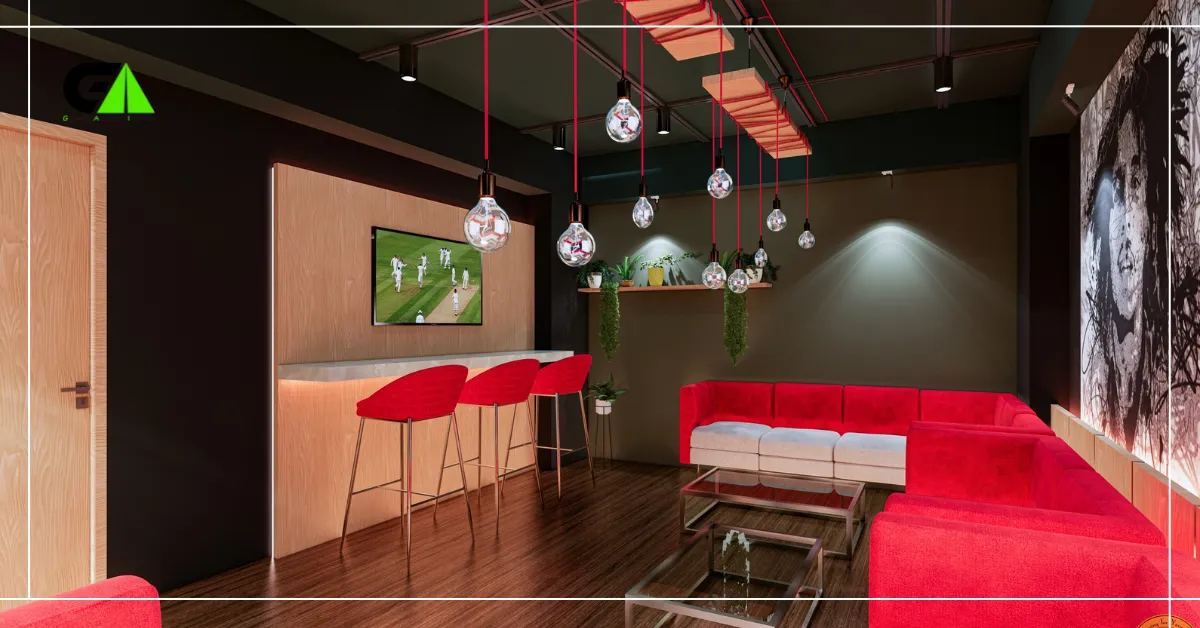
Furniture And Fixtures
Creating the perfect restaurant ambiance involves a deep understanding of furniture and fixtures. These elements play a vital role in the overall dining experience. They contribute to the restaurant’s aesthetic and practical functions.
Comfort And Style
The comfort of chairs and tables is crucial. Guests should feel relaxed while dining. Soft cushions and ergonomic designs enhance comfort. Stylish furniture also attracts customers. It reflects the restaurant’s theme and mood. For example, modern designs suit contemporary restaurants. Rustic furniture fits well in traditional settings. Choose colors and textures that complement the decor.
Durability
Durability is just as important as style. Restaurant furniture must withstand heavy use. It should be easy to clean and maintain. High-quality materials like solid wood or metal last longer. They also offer better stability. Opt for fixtures that resist wear and tear. This reduces replacement costs over time. Investing in durable furniture is cost-effective in the long run.
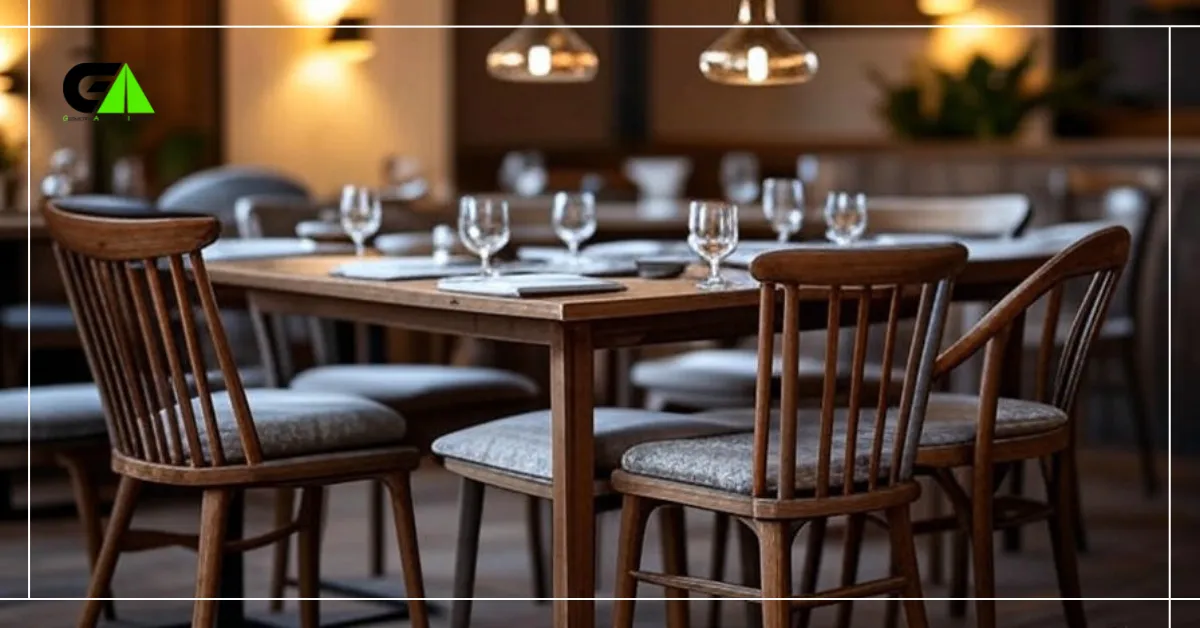
Decorative Elements
Decorative elements play a vital role in creating the right atmosphere in a restaurant. They add personality and character to the space. Guests feel welcomed and comfortable with well-thought-out decorative touches. These elements can influence the mood and overall dining experience. In this section, we will explore key decorative elements such as artwork, accessories, greenery, and plants.
Artwork And Accessories
Artwork and accessories are essential in creating a unique and inviting restaurant interior. They should reflect the theme and personality of the restaurant. Choosing the right artwork can set the tone for the entire space.
-
Local art pieces can create a sense of community.
-
Abstract art adds a modern touch.
-
Vintage posters can evoke nostalgia.
Accessories such as mirrors, clocks, and sculptures can enhance the aesthetic appeal. Mirrors can make a small space feel larger. Clocks can serve both decorative and practical purposes. Sculptures can be focal points that catch the eye.
Greenery And Plants
Greenery and plants bring life and freshness to a restaurant interior. They improve air quality and create a relaxing environment.
|
Type of Plant |
Benefits |
|---|---|
|
Succulents |
Low maintenance, adds a modern touch |
|
Ferns |
Enhances a tropical feel, improves air quality |
|
Herbs |
Can be used in cooking, adds aroma |
Placing plants strategically can create natural dividers between tables. Hanging plants can save floor space and add visual interest. Small potted plants on tables can serve as centerpieces.
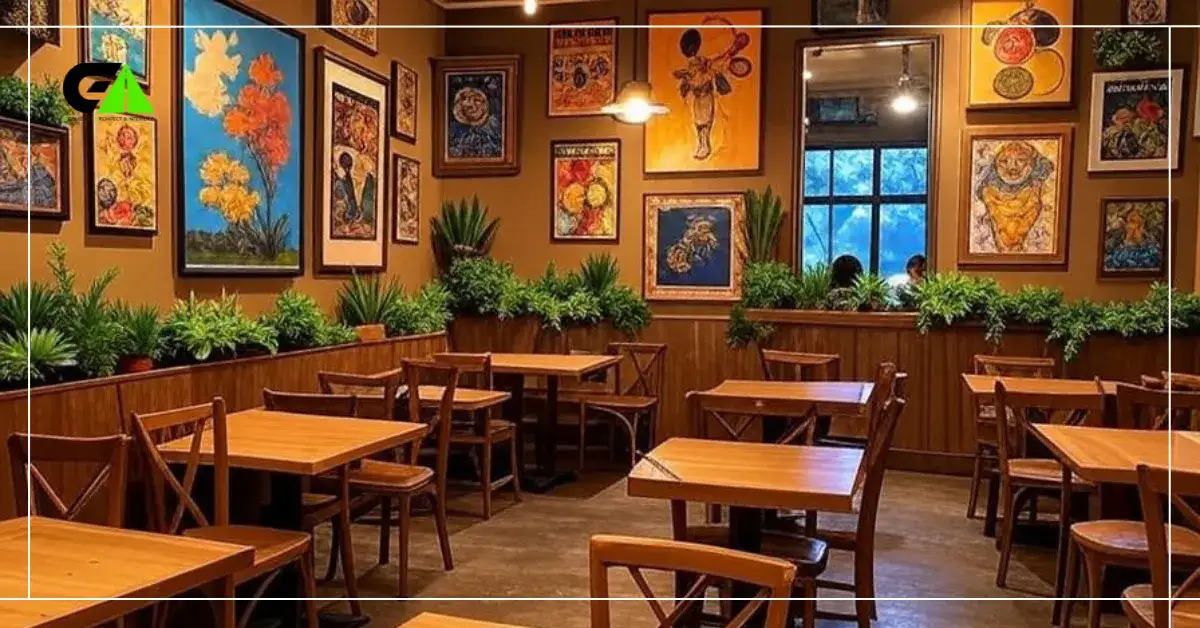
Acoustics Management
Effective acoustics management can make or break a restaurant’s atmosphere. Poor acoustics can lead to noisy environments, making conversation difficult. On the other hand, good acoustics can enhance the dining experience, creating a pleasant and enjoyable atmosphere. This section covers the principles of noise control and soundproofing solutions to create an inviting restaurant environment.
Noise Control
Noise control is essential in maintaining a pleasant dining experience. Uncontrolled noise can lead to customer dissatisfaction. Implementing noise control measures can significantly improve the restaurant’s ambiance.
-
Acoustic Panels: These can absorb sound and reduce echo.
-
Carpets and Rugs: Soft furnishings help in absorbing noise.
-
Ceiling Baffles: These can hang from the ceiling to trap sound.
-
Furniture Placement: Strategic placement of furniture can break sound waves.
Soundproofing Solutions
Soundproofing solutions are crucial for preventing external noise from entering the restaurant. They ensure that the internal noise levels remain controlled and pleasant.
|
Solution |
Benefits |
|---|---|
|
Soundproof Windows |
Block external noise, improve energy efficiency. |
|
Sound-absorbing Materials |
Reduce echo and improve sound quality. |
|
Double-glazing |
Enhance insulation and soundproofing. |
|
Insulated Doors |
Prevent noise leakage and maintain quiet. |
These soundproofing solutions can help maintain a serene dining environment, enhancing customer satisfaction.
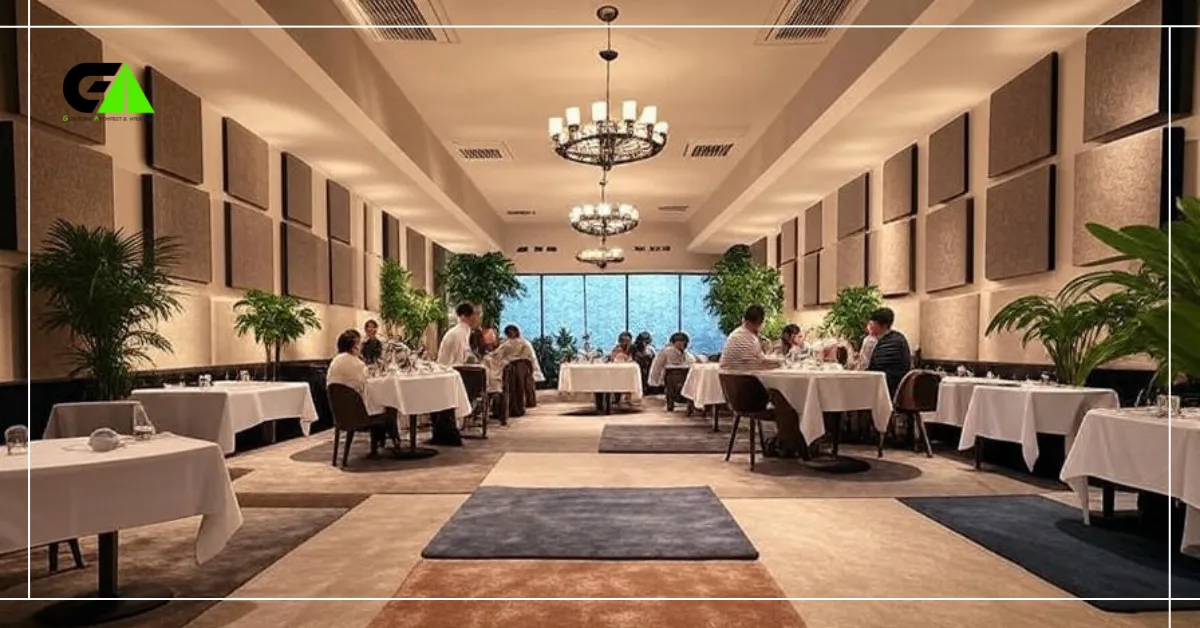
Incorporating Technology
Incorporating technology in restaurant interior design enhances customer experience. It also streamlines operations. Technology can make a space more engaging and efficient. Let’s explore how smart systems and interactive features can transform your restaurant.
Smart Systems
Smart systems can revolutionize how a restaurant operates. Automated lighting and temperature controls create a comfortable atmosphere. They adjust according to the time of day. This not only saves energy but also ensures consistent comfort for guests.
Consider installing smart reservation systems. They allow customers to book tables online. This reduces wait times and improves customer satisfaction. Smart systems can also manage inventory. They track stock levels and notify staff when supplies run low. This helps avoid shortages and overstocking.
Interactive Features
Interactive features can make dining more enjoyable. Touchscreen menus are an example. Customers can browse options and place orders directly from their table. This speeds up service and reduces errors.
Consider adding interactive walls or tables. They can display digital art or play games. This entertains guests while they wait for their meals. Interactive features can also provide information. For example, a screen can show the story behind a dish or the ingredients used. This adds a personal touch to the dining experience.
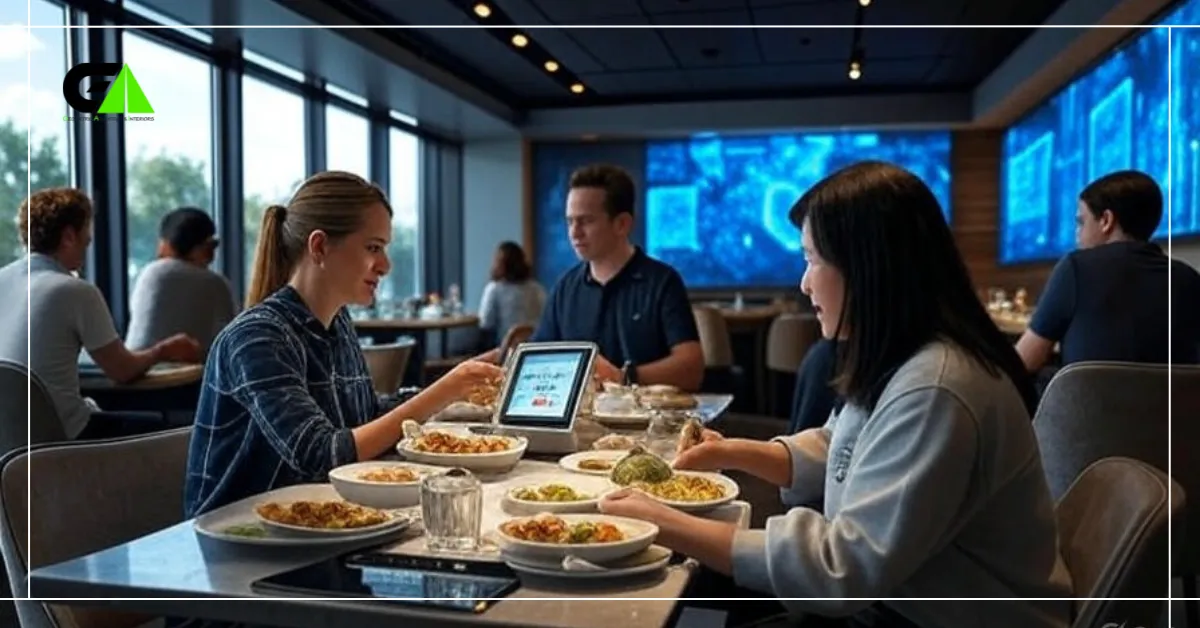
Sustainability In Design
Sustainability in design is crucial for modern restaurants. It helps the environment and attracts eco-conscious customers. Sustainable interior design focuses on using green materials and reducing energy consumption. This approach creates a welcoming space and promotes environmental responsibility.
Eco-friendly Materials
Using eco-friendly materials is a key principle of sustainable design. Reclaimed wood, recycled metals, and natural fibers are popular choices. These materials reduce waste and give a unique character to the space. Bamboo and cork are also excellent options. They grow quickly and are highly renewable.
You may like it: 10 Ways To Create Eco-Friendly Interior Design
Low-VOC paints and finishes improve indoor air quality. They reduce harmful emissions and create a healthier environment for diners. Consider using biodegradable or recyclable furnishings. They are practical and better for the planet.
Energy Efficiency
Energy efficiency is another important aspect of sustainable design. Restaurants can save energy by using LED lighting. LED lights last longer and consume less power. Installing smart thermostats helps regulate temperature. This reduces energy usage and cuts costs.
Energy-efficient appliances are essential in the kitchen. They use less power and perform just as well. Solar panels can provide renewable energy. They reduce reliance on traditional power sources and lower utility bills.
Proper insulation and window treatments maintain indoor temperature. This reduces the need for heating and cooling. It also creates a comfortable dining experience for guests.
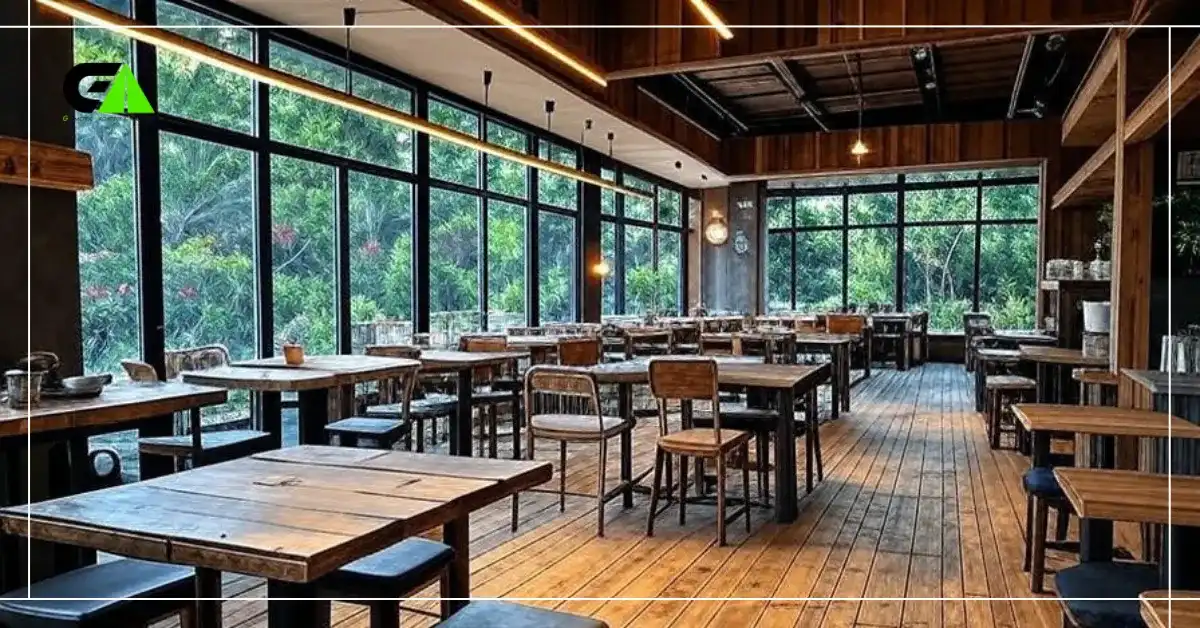
Frequently Asked Questions
What Are The Key Principles Of Restaurant Interior Design?
Key principles include functionality, aesthetics, and creating a unique atmosphere. The design should enhance the dining experience. Consider lighting, seating, and layout. Each element should align with the restaurant’s theme and target audience.
How Does Lighting Affect Restaurant Ambiance?
Lighting sets the mood and influences customer perception. Soft, warm lighting creates a cozy atmosphere. Bright, cool lighting is ideal for fast-paced environments. Proper lighting enhances the dining experience.
Why Is Seating Arrangement Important In Restaurants?
Seating arrangement impacts customer comfort and traffic flow. It affects the dining experience and operational efficiency. Proper spacing ensures privacy and ease of movement. Comfortable seating encourages longer stays and repeat visits.
What Role Does Color Play In Restaurant Design?
Color influences mood and appetite. Warm colors like red and orange stimulate hunger. Cool colors like blue and green create a calm environment. Choosing the right color palette is essential for creating the desired ambiance.
Conclusion
Creating a warm, inviting restaurant interior is essential. Focus on comfort and aesthetics. Choose colors and lighting that enhance the dining experience. Arrange seating to encourage conversation and relaxation. Incorporate unique design elements to reflect your brand. Keep the space clean and organized to ensure a pleasant atmosphere.
These principles can help attract and retain happy customers. By prioritizing these design elements, you can create a welcoming and memorable dining experience.

